With a history of about 700 years of formation and development, Bat Trang pottery village has both preserved and developed the quintessence of traditional pottery craft and accumulated many valuable cultural sediments: ancient house architecture, spiritual space, tradition of mandarin examinations, typical lifestyle of 19 clans... These are valuable living materials that contribute to creating an open ecological museum model so that each person will become a character in the story of the village, a tour guide to attract domestic and international tourists.
The highlight of the idea of building the Village Eco-Museum is to focus on the 5.4-hectare ancient village core area, where many unique values converge: small alleys, ancient moss-covered walls, traditional pottery kilns... representing the journey of making a profession, preserving culture, vividly reflecting the movement of the craft village over time.
In addition, Bat Trang has achieved many important milestones: The traditional festival is recognized as a National Intangible Cultural Heritage; becoming the 67th craft village of the World Craft Council Network. That is a solid foundation for the Bat Trang eco-tourism model to have the potential to become a typical model for the development of community cultural tourism in Vietnam.
The Eco-Museum model comes from the needs, aspirations and proactive participation of the people who live, work and understand Bat Trang in their flesh and blood.
In the open discussions between the government, experts, artisans, households... there were children of the village who pledged to support intellectually and with experience and called for the cooperation and consensus of the community. Experts, from architects, artists to cultural researchers, all gave profound and subtle perspectives.
Painter Nguyen Manh Duc - professional consultant - emphasized the spirit of "living museum", promoting the process of material production along with creating spiritual values, enhancing the value of the product with the cultural story behind it.
He put forward the view: to revive the past, live in the present, and look to the future to bring existing values to a new level. There are many villages recognized as heritage but find it difficult to develop due to binding regulations, but Bat Trang is not. The Eco-Museum model respects the development movement, originating from the material and cultural life of the villagers themselves.
Not stopping at landscape embellishment, the design team focuses on storytelling elements, each household is a "stop" on the journey, bringing vivid experiences through listening, seeing, touching, tasting...
For example, there are other stories about pottery in Bat Trang, such as about medicine, mandarin exams, or experiencing a rustic potter's meal, traditional sweet soup, banh chung, culinary quintessence... which are ways for heritage to spread with real emotions.
In addition to the excitement and consensus, many practical issues were also raised frankly by the people. Among them, the environment still has a lot of waste due to production and daily activities; there is pollution that directly affects the experience of tourists. Building community regulations and unifying awareness of preserving the landscape and general hygiene is a mandatory requirement.
Besides, there is the issue of fire safety. Due to the structure of Bat Trang village, narrow alleys, high walls, houses close together, some roads are narrow, densely populated, it is necessary to have an optimal solution.
Although the project has not yet received state funding, local authorities and people are actively seeking temporary, suitable solutions in the initial phase.
In addition, there is the issue of benefits and sharing mechanisms. Some participating households asked: Who benefits? Who bears the cost of renovation? Who operates the tour?... This is something that needs to be transparent, with specific regulations, to avoid the situation of initial enthusiasm but losing steam due to lack of support and lack of reasonable benefit distribution.
In addition, the factor of identity and brand recognition is also a big concern. In the meetings, the issue of logo for the Eco-Museum alone took a lot of time, effort, opinions...
The Bat Trang Ancient Village Eco-Museum project is a tourism product, but more importantly, it is a process of awakening memories, retelling the story of the craft village in contemporary language to affirm the vitality of traditional culture in a world that is changing every day.
When people become storytellers; when each brick, roof tile, lifestyle... is placed in its proper place of value, it is not only preservation, but also brings revival and development.
If Bat Trang is successful, it will contribute to pioneering an ecological museum model of conservation art that can develop alongside the community economy in the new era.
Source: https://nhandan.vn/bat-trang-va-hanh-trinh-danh-thuc-ky-uc-post882817.html


![[Photo] 12th grade students say goodbye at the closing ceremony, preparing to embark on a new journey](https://vphoto.vietnam.vn/thumb/1200x675/vietnam/resource/IMAGE/2025/5/28/42ac3d300d214e7b8db4a03feeed3f6a)
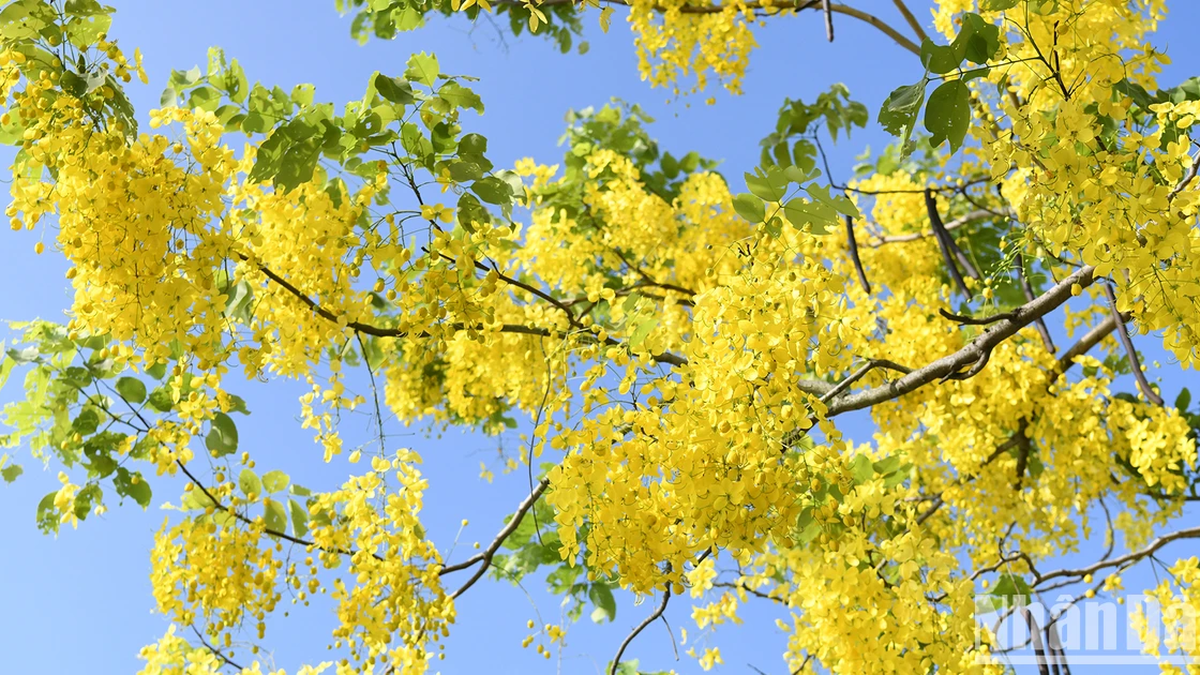

![[Photo] Vietnamese and Hungarian leaders attend the opening of the exhibition by photographer Bozoky Dezso](https://vphoto.vietnam.vn/thumb/1200x675/vietnam/resource/IMAGE/2025/5/28/b478be84f13042aebc74e077c4756e4b)
![[Photo] Prime Minister Pham Minh Chinh receives a bipartisan delegation of US House of Representatives](https://vphoto.vietnam.vn/thumb/1200x675/vietnam/resource/IMAGE/2025/5/28/468e61546b664d3f98dc75f6a3c2c880)

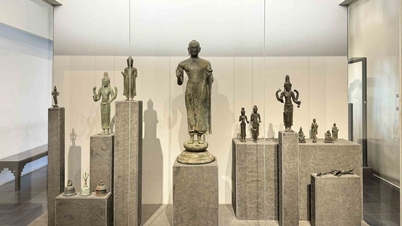



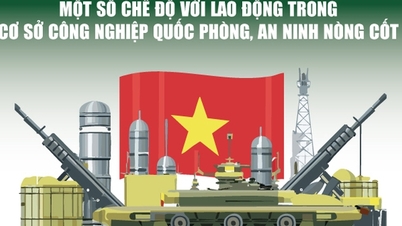

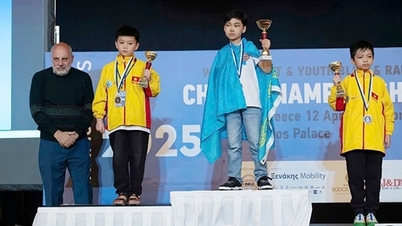


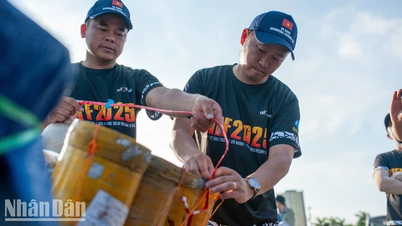





![[Video] 11 facilities to train Vietnamese nuclear power human resources by 2035](https://vphoto.vietnam.vn/thumb/402x226/vietnam/resource/IMAGE/2025/5/29/385705bde0f94a818864a8dac86de27c)

![[Video] Do not self-treat with antiviral drugs when infected with Covid-19](https://vphoto.vietnam.vn/thumb/402x226/vietnam/resource/IMAGE/2025/5/29/4cabcd5ffc6a4911b321c0907f9905ba)
![[Video] Recommendations from the Ministry of Health during the peak of dengue fever](https://vphoto.vietnam.vn/thumb/402x226/vietnam/resource/IMAGE/2025/5/29/5cd66c373c99463297451d4cac731736)






















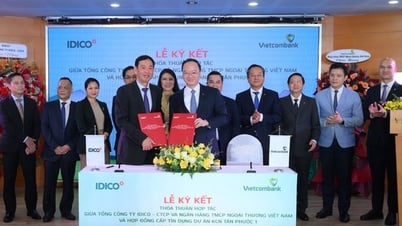









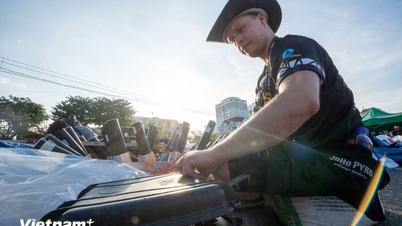




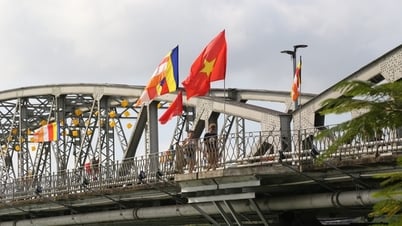

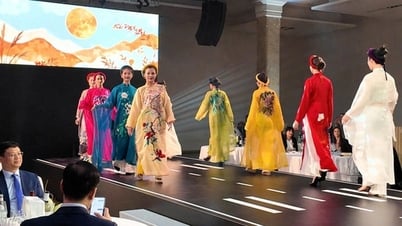


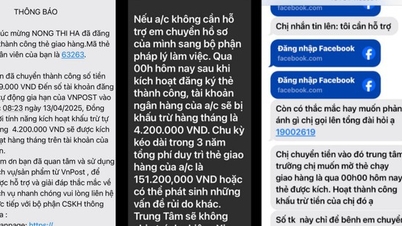


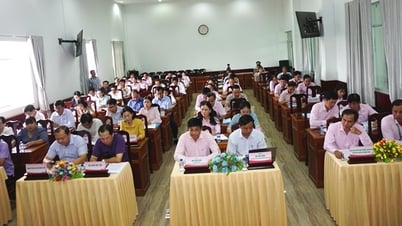
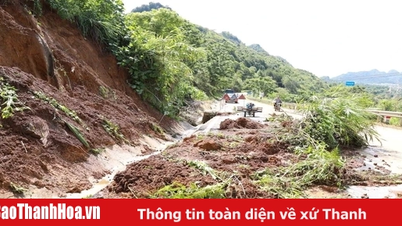



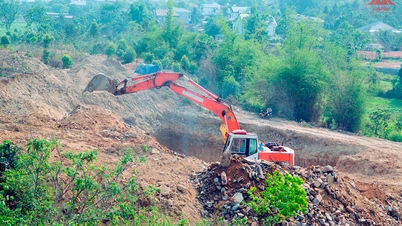

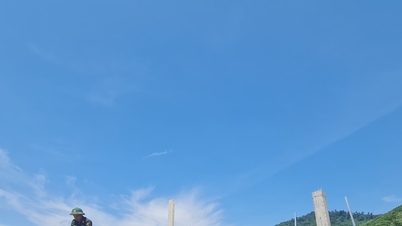

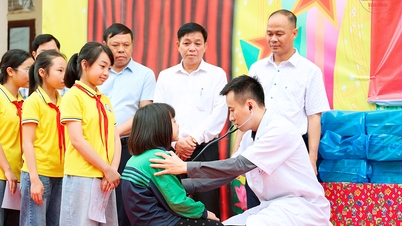






Comment (0)